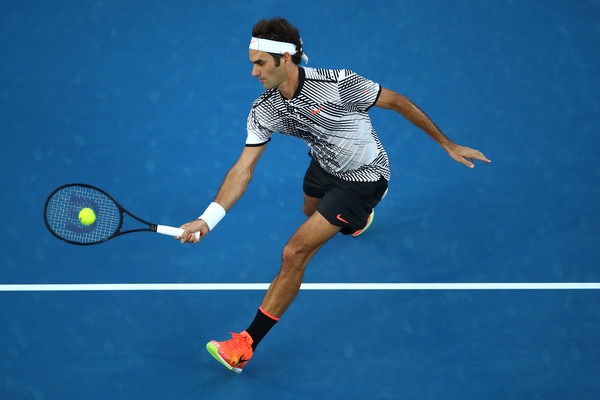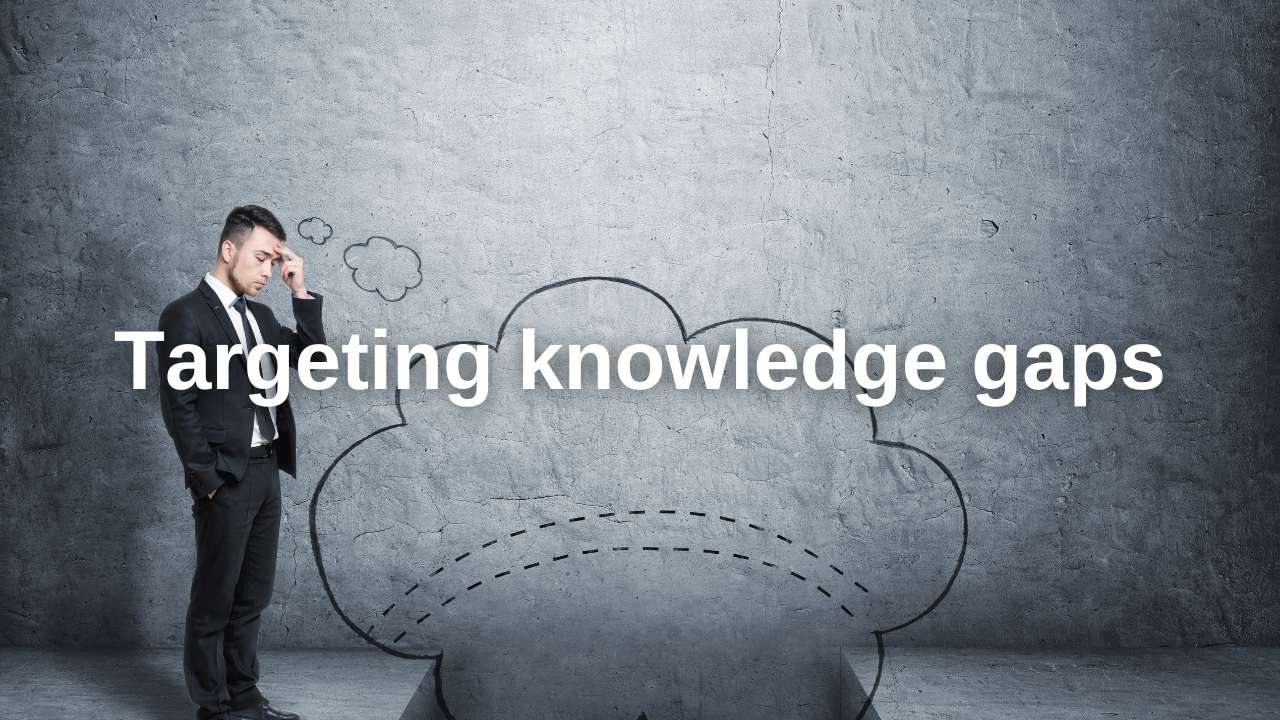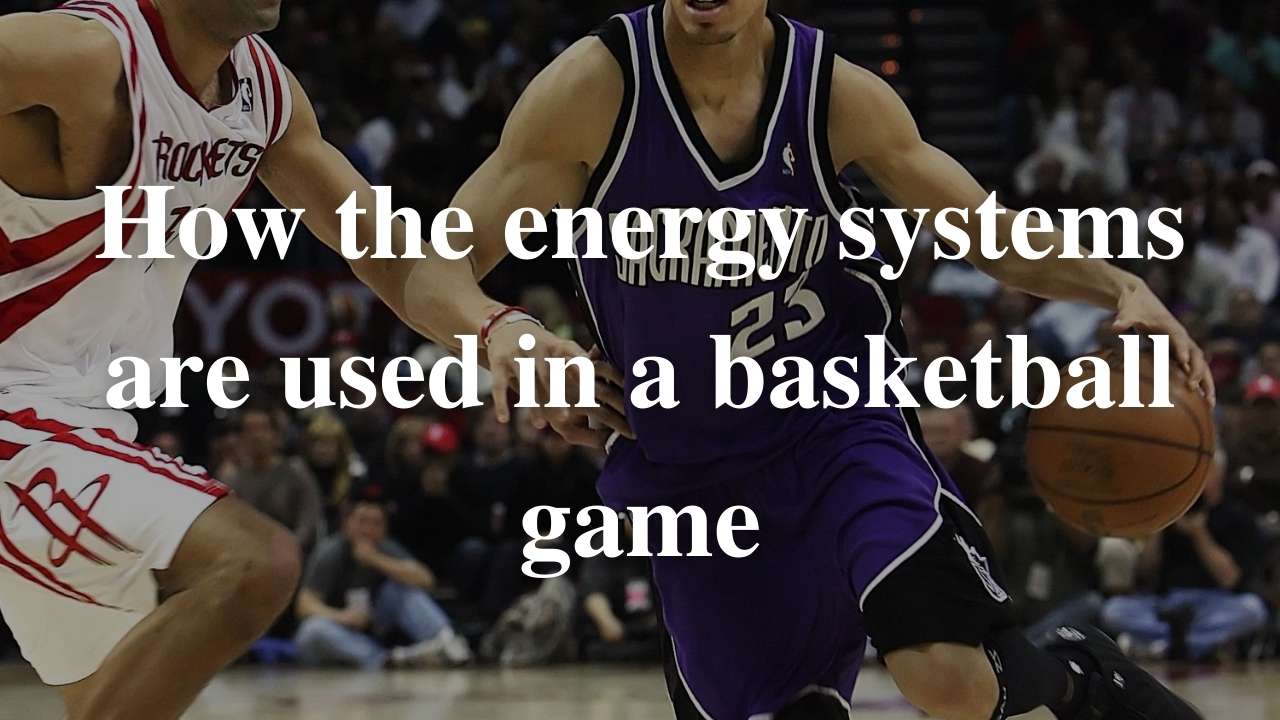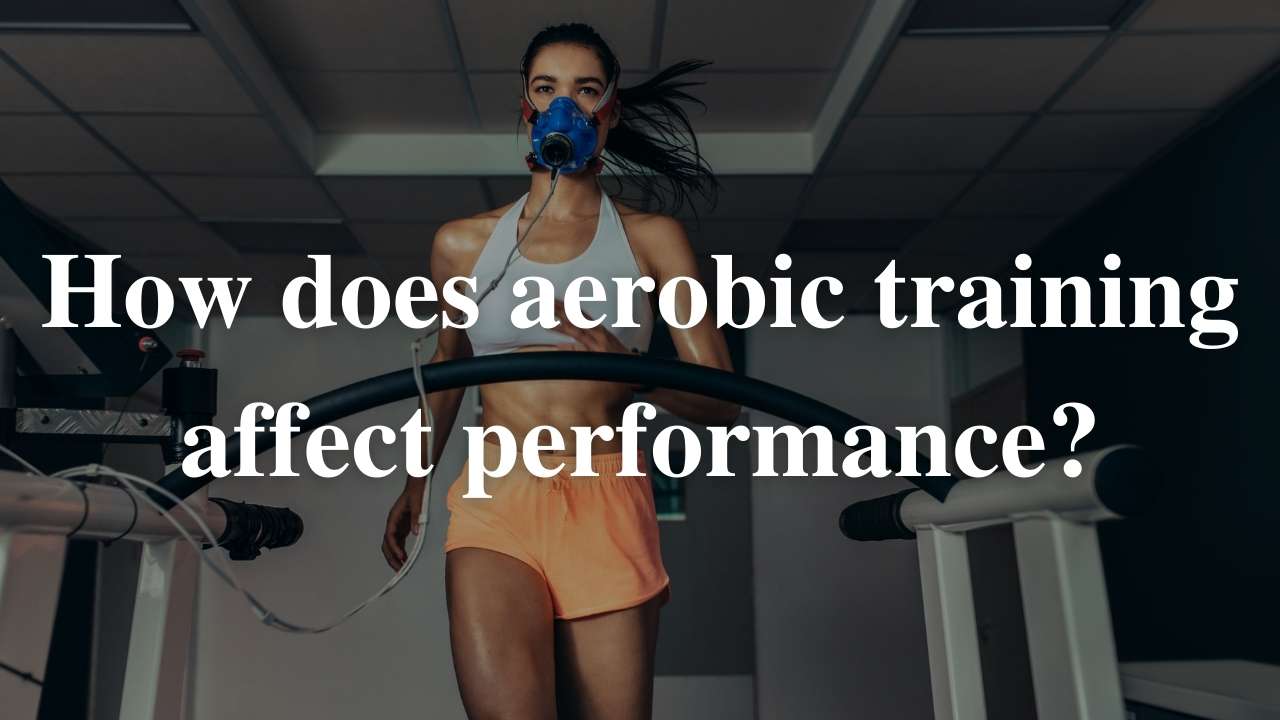The autonomous stage of skills acquisition is often thought of for all its positive attributes. The autonomous stage means that the athlete does not have to think about the skill he or she is performing, allowing their mind to focus on other events or processes around them. It means they can focus on reading the play and selecting the perfect pass rather than thinking about the pass itself. It means they can strategise during play and adjust their movements to the defender presented to them without having to focus on keeping the ball or performing their strike accurately.
BUT, is the autonomous stage of skill acquisition really what athletes should be aiming for? There are many negative aspects that come with the autonomous stage. Firstly, if the athlete has not learnt the correct technique before switching to the autonomous stage then the athlete will find it harder to unlearn the wrong technique and then learn the new technique to the autonomous stage.
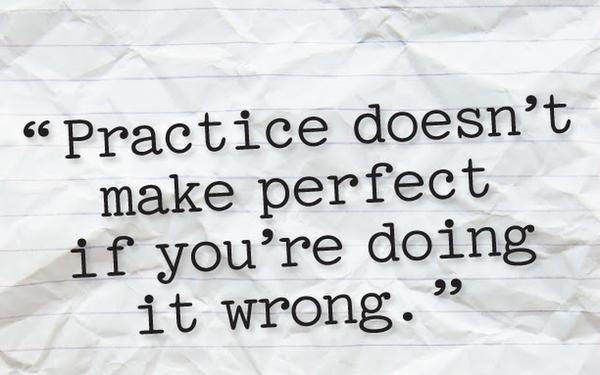
Furthermore, with the extra mind space athletes can find themselves getting distracted from their performance. So, rather than focusing on their opposition, they may start to think about the next stage in the competition or what they are going to do after the performance. This leads to lapses in concentration leading to poor performance. This can particularly hurt the athlete in a sport with high skill levels, such as dance or gymnastics. They could miss their dismount or overbalance in a hold, the result could cost them the whole competition.
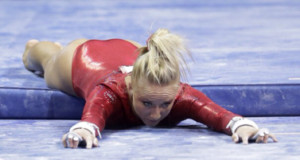
Beyond this though, there is another reason I would argue that the autonomous stage is not as beneficial as some may think. The autonomous stage is when progress and learning STOP! When your mind stops thinking about the movement and switches the movement or skill over to an automatic response, this is when progress in this skill is halted. It is possible for the body to make this switch way to early, and many of us do this. Once we stop focusing on the skill then we stop improving. Regardless of our practice hours, we will remain at the same level of performance.
Many elite athletes know this and seek to continue to develop their skills through focused and deliberate practice constantly seeking to improve their skill and technique in order to continually improve their performance.
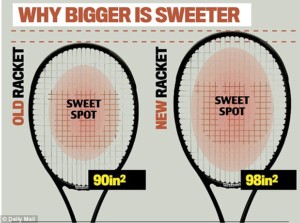 An example of this occurred over recent years in tennis. A new larger and lighter racket was introduced and used by the likes of Nadal and Murray, but Federer remained with his smaller racket, even though it meant he had less room for error and got less power out of his shots. Eventually Federer switched his rackets over, knowing that he needed to in order to improve his performance. This resulted in him having to refine his technique and skill, causing him to refocus on his fore-hand and back-hand etc adjusting them to the knew racket in order to improve his performance. This is an example of an athlete who it the worlds best tennis player, because he seeks to avoid complete automaticity in his performance.
An example of this occurred over recent years in tennis. A new larger and lighter racket was introduced and used by the likes of Nadal and Murray, but Federer remained with his smaller racket, even though it meant he had less room for error and got less power out of his shots. Eventually Federer switched his rackets over, knowing that he needed to in order to improve his performance. This resulted in him having to refine his technique and skill, causing him to refocus on his fore-hand and back-hand etc adjusting them to the knew racket in order to improve his performance. This is an example of an athlete who it the worlds best tennis player, because he seeks to avoid complete automaticity in his performance.
Now of course there is a level to which Federer’s performance was still quite automatic, but the fact he continued to think about it and practice and refine his movements, means that he had to switch back to the associative stage in order to improve his performance. As he shifts back to the autonomous stage, he will shoot his thoughts to strategy and where his opponent is, rather than his shot, but this example helps to show that the autonomous stage is not the end goal of skill training.
References
Jeffery J. Huber (2013) Understanding motor learning stages improves skill instruction
Hattie and Yates (2013). Visible Learning and The Science of how we Learn.

